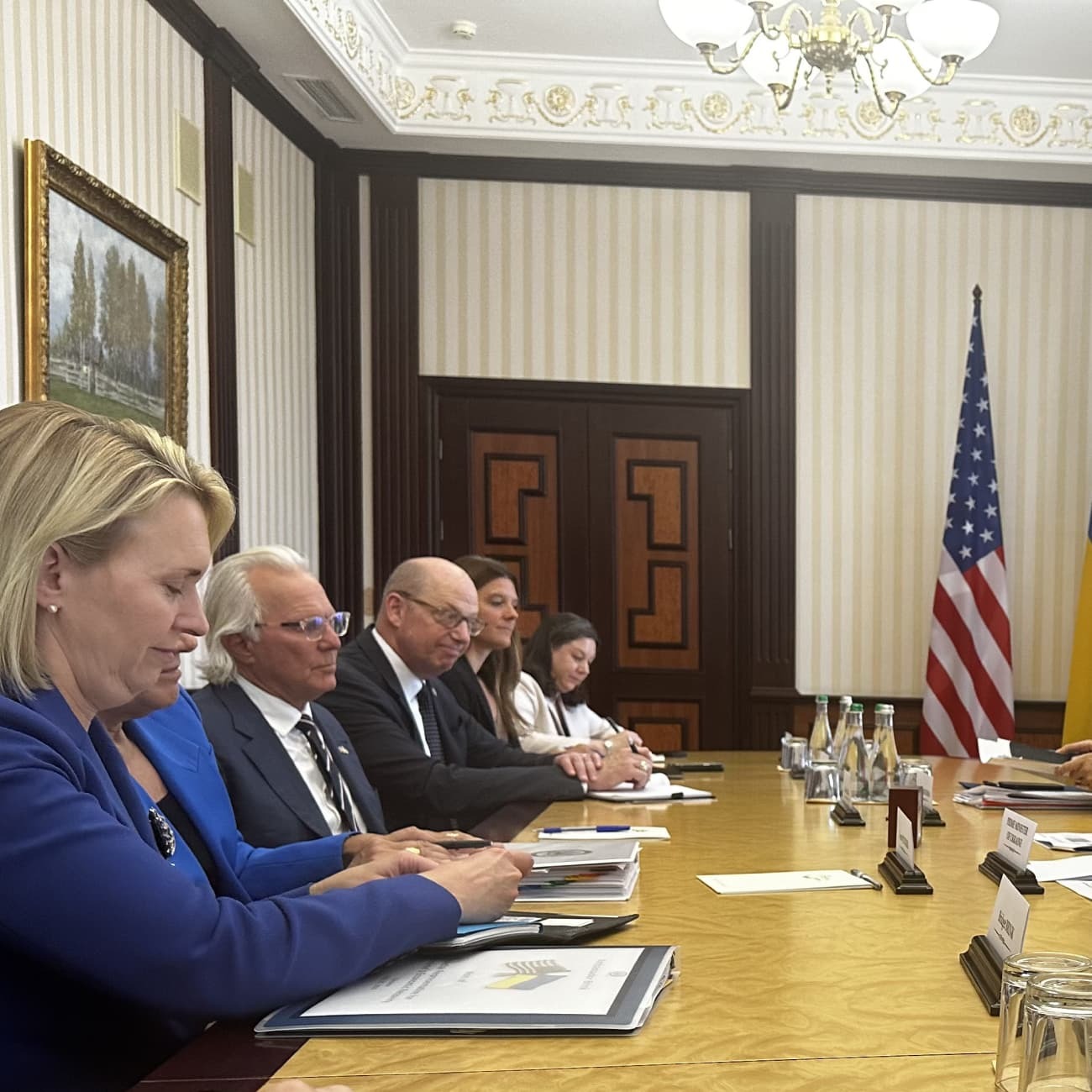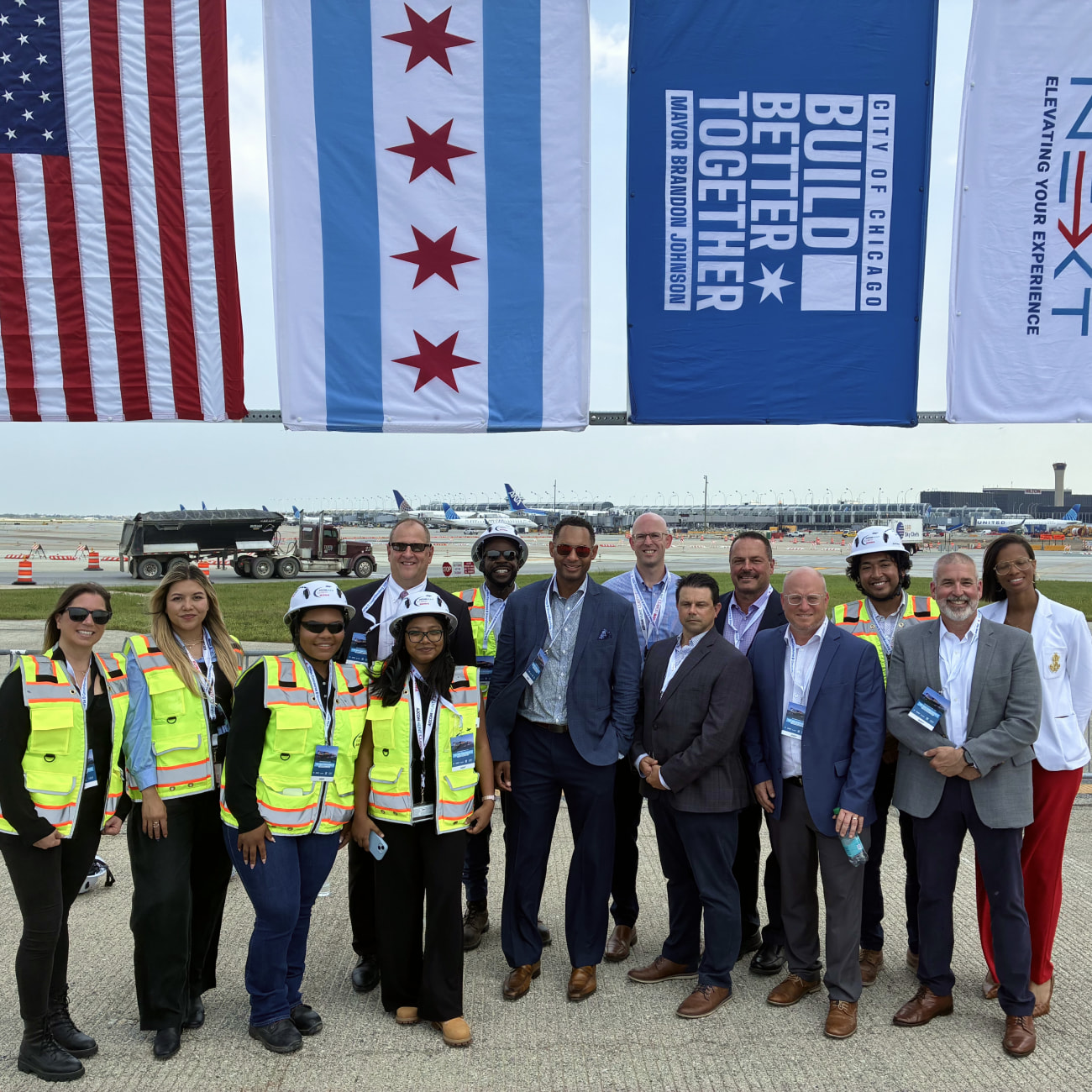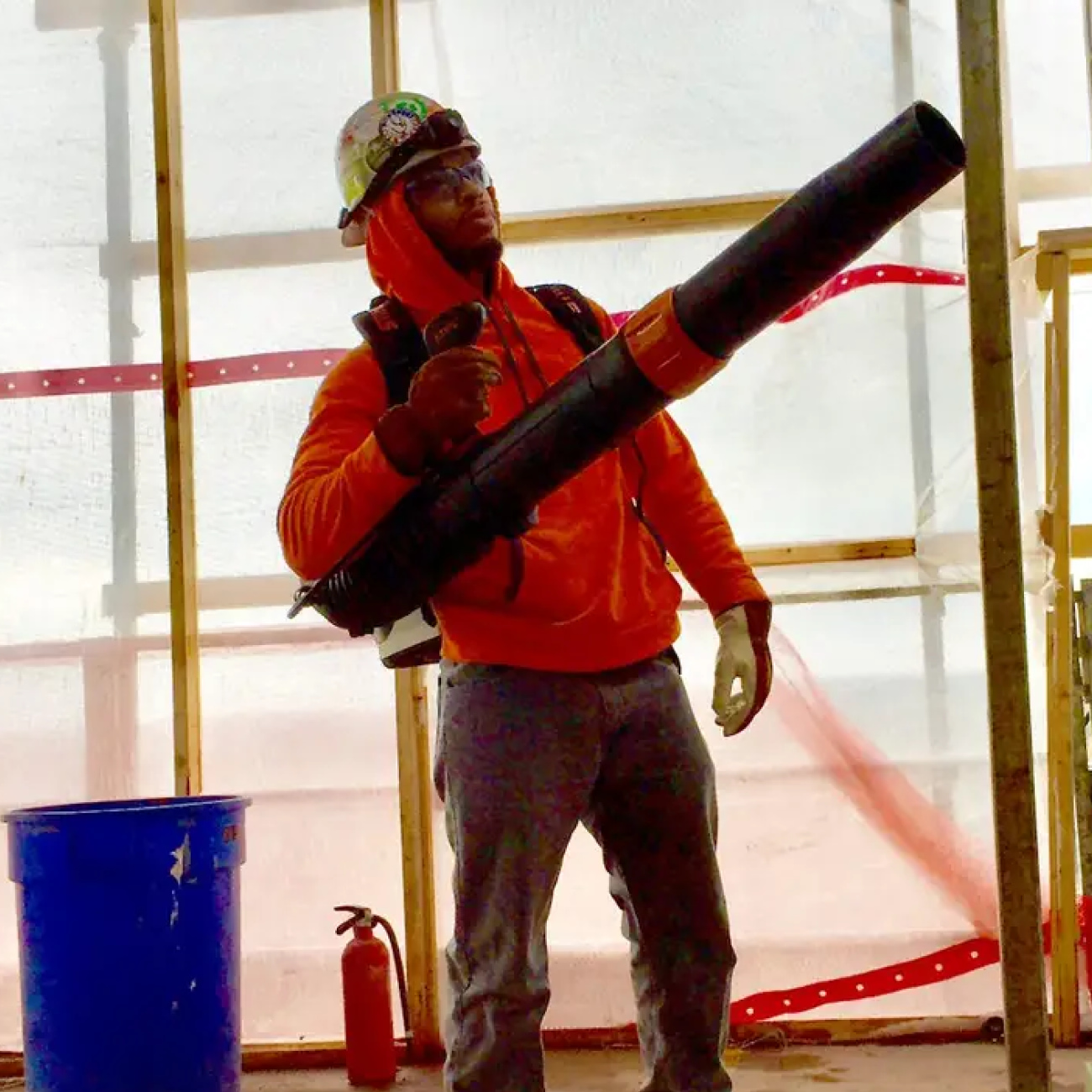Rare Disease
Rare disease, and in particular cerebroretinal vasculopathy (CRV), is acutely personal for my family, having lost two beloved family members to this devastating illness. The first member of the family to succumb to CRV was David Lending, Ellen’s father, who died at the young age of 52 in 1989. At the time, little was known about CRV, and we ourselves were clueless as to what was happening to him. It was as if all of a sudden his vision was failing, he was limping, and he seemed distant, which was very much unlike him.
A little over ten years later, when Ellen was in her early 40s, she too began to exhibit inexplicable signs that something was off. She started to forget simple words and was having trouble with her vision. We saw experts around the country and were unable to figure out what was happening to Ellen until we came to the Washington University School of Medicine in St. Louis, where she was diagnosed with the genetic disorder that leads to the development of CRV. Dr. John P. Atkinson was part of the research team that originally identified the rare blood vessel disease in 1988 and then the genetic defect that is responsible for CRV in 2007.

Words can hardly express the gratitude we feel towards Dr. Atkinson and his team who are not only advancing research related to CRV, but who also provided excellent care for Ellen and our family as we were living through the experience of Ellen’s decline. Even though Ellen lived relatively healthy for 5 more years after her diagnosis in 2005, not all patients are so lucky. Cerebroretinal vasculopathy generally shows up around middle age, and patients experience deterioration over a period of 5-15 years. The disease entails the progressive loss of blood vessels in the brain and the retinas, which causes mini-strokes and the eventual degeneration of the central nervous system.
This extremely personal experience with CRV has led my family and I to be immensely committed to providing hope for others who are affected by this disease. Through the Clayco Foundation, our financial support of CRV research at Washington University has established the university as the worldwide leader in CRV research as well as contributed towards other diseases connected to the deterioration of blood vessels. These include macular degeneration, Alzheimer’s disease, diabetic retinopathy, and other similar conditions.

Although we believe in funding research directly, it is also crucial for us to be involved in organizations that are advancing efforts to fight disease and foster hope. In addition to our support for CRV research, I am also very involved at Washington University and a trustee at the University of Chicago Medical Center. My son Shawn, who has a chance of developing CRV, has created an immersive light art experience in order to cast light on this rare disease. Illumination is an “exceptional evening of celebration, community, and fundraising set in a landscape of illuminated interactive installations, delightful playgrounds of light, illuminated participatory contraptions, lit characters, fiery parades, glowing processions and radiant spectacle.” The fundraising that occurs as a result of Illumination has led to great strides in Retinal Vasculopathy with Cerebral Leukodystrophy (RVCL) research. Illumination has the secondary goal of discovering and supporting professional creators and emerging artists.
To honor Ellen and support the efforts of those making a difference at Washington University, we worked with artist Maya Lin before Ellen’s death to design the Ellen S. Clark Hope Plaza. Maya Lin is best known for her creation of the Vietnam Veteran’s Memorial in Washington D.C. Maya’s inspiration for the design was “to create a place that would allow visitors who are coming here — many for very difficult medical situations — to be transported to a beautiful place that would give them a sense of comfort, peace and hope.”







.avif)



